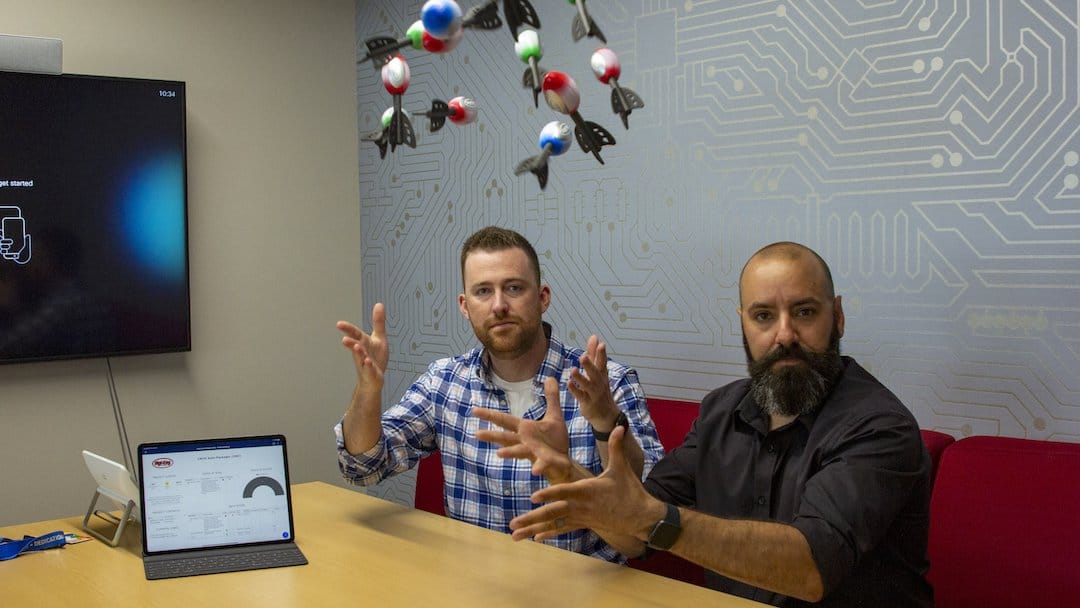Many of the most successful companies have innovation at their core. Consider Apple, Amazon, Netflix, and Uber. Their founders disrupted industries by looking at change as an opportunity instead of a threat.
But innovation doesn’t need to come from the top down. In fact, it shouldn’t. When you innovate only on ideas that come from leaders, you send employees the signal that it’s not their job to come up with new solutions—and you miss out on opportunities as a result.
In many cases, employees are the best source of ideas because they’re usually closer to the customer. When their ideas are heard and acted upon, they have the potential to give your company a competitive edge.
A lot of organizations realized the importance of employee innovation during the pandemic. According to a survey by Harvard Business Review (HBR) Analytic Services, just 40% of organizations said innovation was driven equally by employees and senior leadership pre-COVID. Going forward, 54% of organizations expect innovation to be equal at both levels.
Innovation doesn’t happen in a vacuum, though. Leaders need to set the stage by creating a workplace that feeds and nurtures creativity by adopting these three best practices.
Empower employees
When teams shifted to remote working arrangements during the pandemic, managers discovered that people work well with autonomy. An operational strategy that empowers employees with flexible ways to design and execute their work creates an environment where teams can be more productive. The power to control practices and outcomes also helps employees find more meaning in their work. And teams that have flexibility and agility help drive better results.
Yet autonomous teams don’t just happen. Organizations need to provide resources that help employees develop and execute ideas. To do so, employees need tools that provide visibility, drive accountability, and facilitate collaboration. A centralized hub becomes a platform for sharing information and finding resources that can help with ideation.
According to the HBR survey, 61% of organizations said their leadership entrusted teams with innovating based on their own specific needs prior to the pandemic. Going forward, 71% expect their leadership will increasingly entrust their teams with innovating.
Change your culture
Empowering employees is one thing; providing them with a sense of psychological safety to encourage risk-taking and speaking up is another. Organizations that create a culture of innovation make it clear that failure isn’t something to fear or discourage. Tesla CEO Elon Musk once said, “Failure is an option here. If things are not failing, you are not innovating enough.” And when an innovative idea comes forward, employees need to be recognized and rewarded for their efforts.
An example of a company that has created a culture of innovation is Convergint. The largest privately held security integrator, Convergint leverages Smartsheet to boost creativity and decision making.
“Our culture allows us to be creative and to embrace new tools and get the organization to use them as well, helping not only our customers but also our colleagues and communities,” says Scott Gandolfe, director of program management at Convergint. “That culture stimulates our use of Smartsheet, which neatly fills in a lot of the gaps with a tool that is flexible and adaptable. My team is able to create amazing things that, if we didn’t have Smartsheet, we’d be doing manually.”
Be willing to update your practices
Innovation shouldn’t be limited to a customer-facing practice. Internal changes can lead to better workflows that create agile organizations. Consider that most employees worked in offices a year and a half ago. Fast forward to today, and 69% of businesses believe that the majority of their employees can now work effectively in remote and distributed environments.
Updating practices from an “we’ve always done it this way” approach to an environment that is fluid and willing to experiment contributes to an innovative mindset. Convergint found that a key driver of new solutions is having an easy-to-use project management platform like Smartsheet. The company holds a biweekly knowledge sharing and training calls on its usage.
“We don’t tell people how they have to use it, but allow them to be creative, and that’s allowed people to solve problems we didn’t even know we had,” says Gandolfe. His team now enjoys better communication, clearer insights, and greater accountability for internal processes.
In the HBR survey, 80% of business respondents agreed that agile and innovative employees played a big part in ensuring business continuity and success during the pandemic. By creating a culture of innovation, companies will be better equipped to weather the next disruption and respond to the needs of an ever-changing marketplace.


